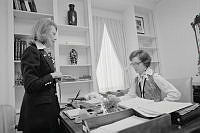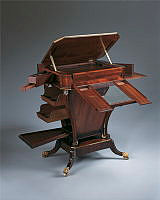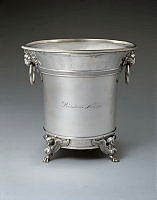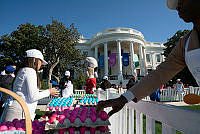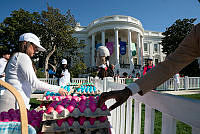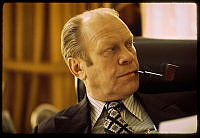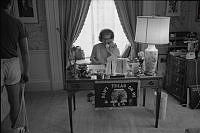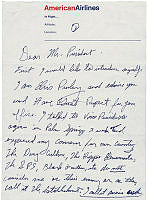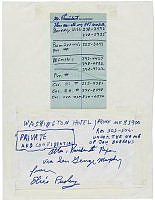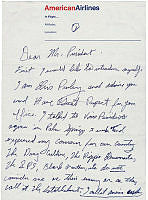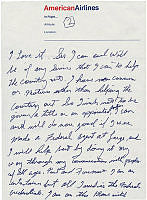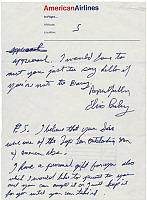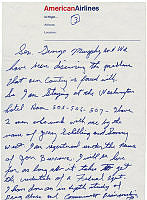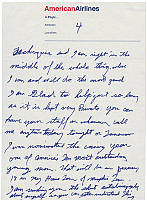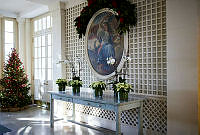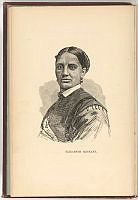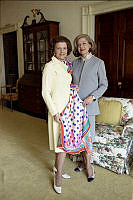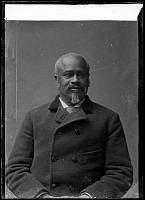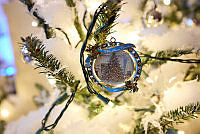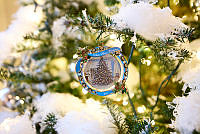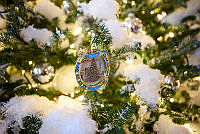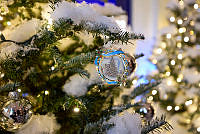Inside the Working White House: Early 21st Century
Copyright © White House Historical Association. All rights reserved under international copyright conventions. No part of this article may be reproduced or utilized in any form or by any means, electronic or mechanical, including photocopying, recording, or by any information storage and retrieval system, without permission in writing from the publisher. Requests for reprint permissions should be addressed to books@whha.org
Gallery
-

Wilson Jerman worked full-time in the White House from 1957 to 1993, and part-time beginning in 2003.
National Archives and Records Administration -

White House staff at Tee Ball game, 2005. The White House Tee Ball game on the South Lawn first took place in 2001 and has been held annually ever since. For this event, White House workers replicate a major-league ballpark—complete with pitcher's mound, dug-out, and bleachers. Following the game, they serve a ballpark menu of hot dogs and hamburgers.
Little League Baseball and Softball, Williamsport, Pa. -

First Lady Laura Bush and staff at press preview, 2007. First Lady Laura Bush, standing with Admiral Stephen Rochon, director of the Executive Residence and chief usher (with red tie), and Executive Chef Cristeta Comerford (holding green paper), offers the press a preview of the 2007 state dinner in honor of Queen Elizabeth II. More than 300 white roses were used to create the decorative centerpieces.
White House photo -

Cristeta Comerford is the first woman to hold the position of White House Executive Chef. She was born in the Philippines, came to the United States in 1985, started working at the White House in 1995, and was promoted to her present post in 2005.
Perhaps the most significant change for the White House and its workers during the past several decades has been that heightened security concerns have made the House an increasingly more enclosed environment, which the president leaves less frequently for offsite events.
The result, according to former chief usher Gary Walters, is that “we transferred from a house where we only occasionally did parties to a major catering facility. Now we are doing three or four events a day sometimes.”
In addition to visitors on official business, the White House also hosts approximately 7,000 tourists each week. From Tuesday through Saturday, the White House staff must prepare the public rooms starting at 6 a.m. As Walters explains, we “have to roll up the carpets, put down the mats on the floor, put out the ropes and stanchions, and get ready for tours each day.”
One of the maintenance headaches for White House workers is the wear and tear on the wood floors. “When people stopped wearing dress shoes and went to soft-soled shoes we all cheered because we thought this would be great for the floors,” Walters recalled. “We couldn’t have been more wrong. What happens with soft-soled shoes is that pebbles get embedded in them, so now you’ve got 1,500 people walking through with sandpaper on their feet. It was exactly the opposite of what we expected.”





